

Remembrance of Things to Come
Within the redesign of the magazine in 1972, L’Estampille art et artisanat introduced with Reportage de Prestige, a new column that featured different contributors on a changing topic for each issue.
Chris Marker was the first guest in this new column, introducing with FAUT VOIR his Musée Imaginaire to the readers, which consists of a short text and eleven stunning photographs.
The idea of a Musée Imaginaire is actually linked to André Malraux’s book triology Musée Imaginaire, which in turn has its direct role model in André Vigneau’s Encyclopédie photographique de l’art.
In Immemory and his short film Pictures at an Exhibition from 2008, Marker revisits the theme of the Musée Imaginaire that can be traced back to FAUT VOIR.
L’An 2000 : une anti-histoire de la fin du monde by André Clément Decouflé was published twenty-five years before the year 2000. With the new millennial approaching the world was forced to think about it’s future. At the time L’An 2000 was published in 1975, André Clément Decouflé was the director of the Laboratoire de Prospective Appliquée in Paris, whose research focused on social foresight, which aims to prepare the future through a rational and holistic approach. L’An 2000 brings together a really astonishing collection of literature dealing with the prediction of the future.
Most of the books in the collection were written in the middle of the 20th Century and offer at the same time a great insight of this era itself. The list of references is long and includes books, like the influential environmentalist text A Blueprint for Survival; Frank Herbert’s Dune; The Year 2000: A Framework for Speculation on the Next Thirty-Three Years by the military strategist Herman Kahn, who was the inspiration to Stanley Kubrick’s Dr. Strangelove. All images in this book were assembled by Chris Marker and taken from his personal archive, Marker was also responsible for the cover design.



Chris Marker’s interest had always been in memory and its relationship to the image, as well as the technique of collage, in which he combined a wide variety of materials, mainly from his own archive.
In his work Zapping Zone, which was created between 1989-1990 for the exhibition Passages de l’image, Marker expanded his thematic approach to new media. Between 1995 and 1997, he continued to experiment with computer-based work, that continued in a collaboration with the Centre Georges-Pompidou, and resulted in a CD-ROM, entitled Immemory [impossible memory], which deals with questions of memory.
The CD-ROM came out in 1997 with the addition Immermory One, in order to allow later modifications, and was commercially released in 1998.
The release of the CD-ROM Immemory was accompanied by this little book Qu’est-ce qu’une Madeleine? A propos du CD-Rom Immemory, with essays by Laurent Roth and Raymond Bellour, which offer some tools for the viewer-navigator, who otherwise could get lost in that immense and secret work.
In his essay, Raymond Bellour writes:
“Whatever he may or may not do after his CD-ROM, it is clear that the latter already stands as a final work and a masterpiece, in conformity with its craftsmanly character and with its programmatic value.”
The CD-ROM Immemory can be accessed as an online version on gorgomancy.net or can be downloaded at www.archive.org.
Chris Marker’s video installation Silent Movie was commissioned in 1995 by Bill Horrigan of the Wexner Center for the Arts to celebrate the centenary of cinema.
Chris Marker introduced his mechanical model of memory; a video installation of five vertically stacked monitors, each representing a certain theme: The Journey, The Face, The Gesture, The Waltz, and the fifth monitor in the middle, showed a collection of ninety-four silent era intertitles, starring Catherine Belkhodja.
The design of the Wexner Center of Arts catalogue, was inspired by a French film journal of the 1920’s, including video stills and intertitles from the installation, the essays Another Likeness by media arts curator Bill Horrigan, and The Rest Is Silent by Chris Marker.
Feeling the need to present Chris Marker’s work in the UK, the Beaconsfield Gallery, in co-production with Pier Trust, brought the Silent Movie exhibition from Ohio to London in 1999.
The catalog Chris Marker: Silent Movie and Selected Screenings features texts by Catherine and Andrew Brighton, Craigie Horsfield and Dom Rotheroe, who deal with Chris Marker‘s work on a very personal level.

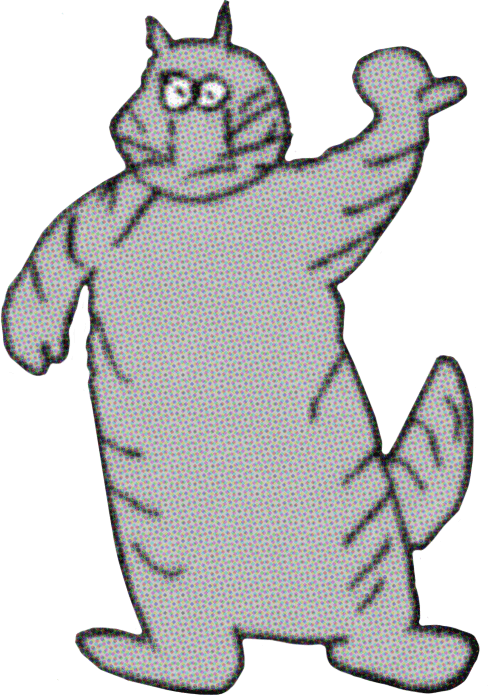



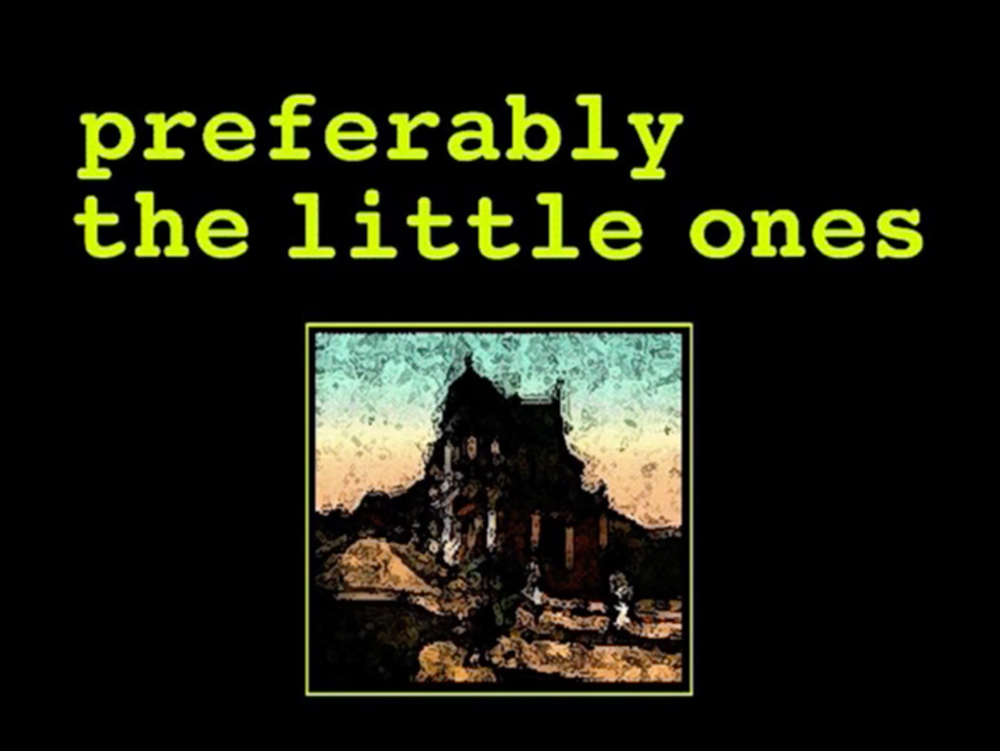






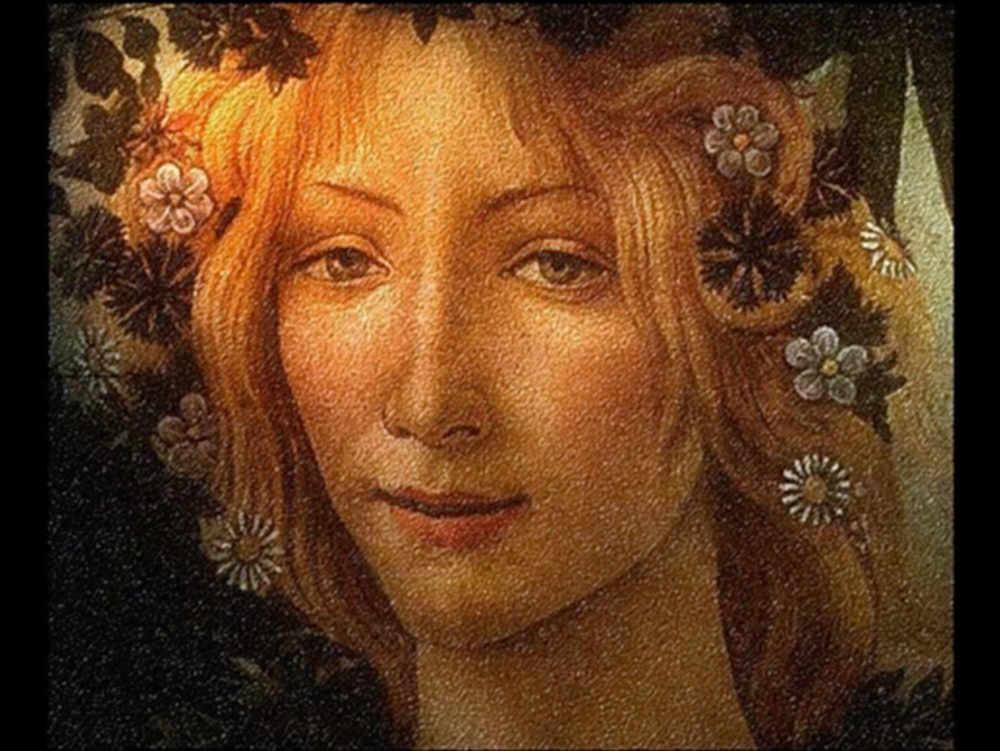



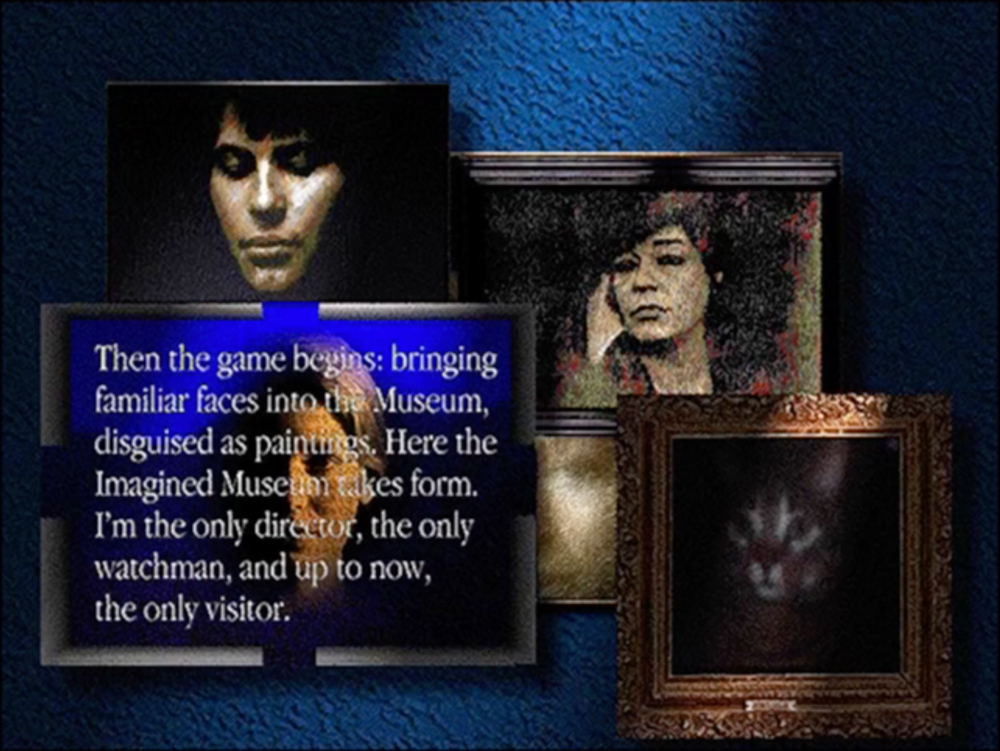






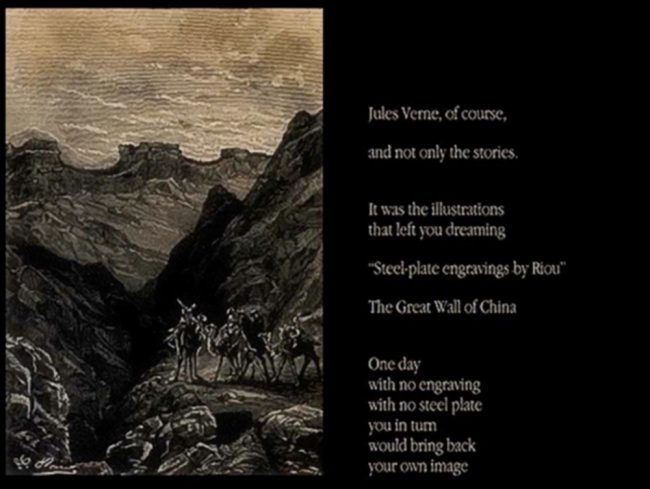


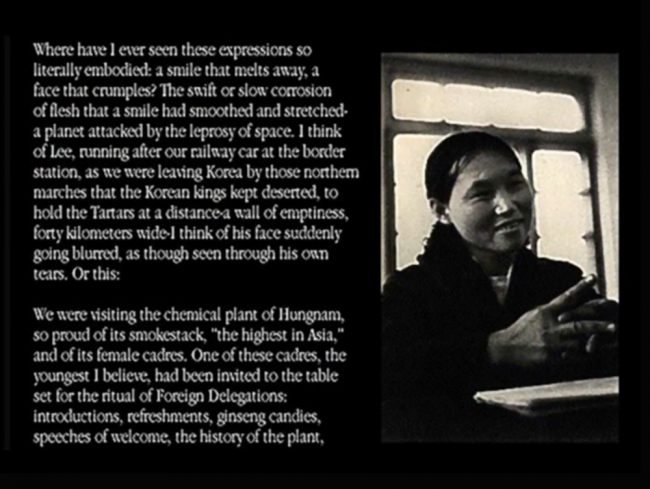






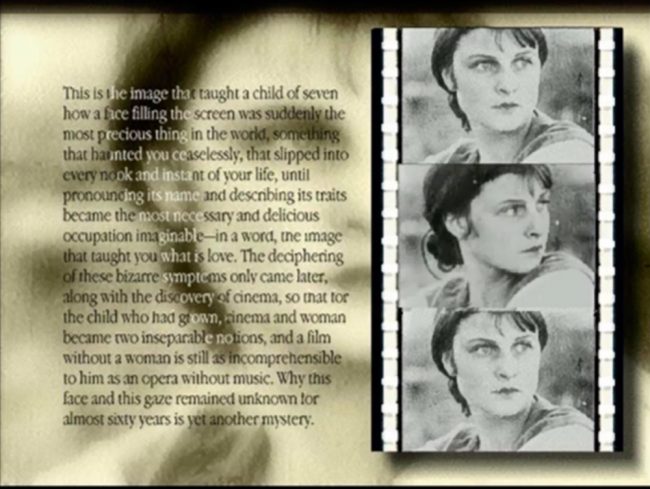



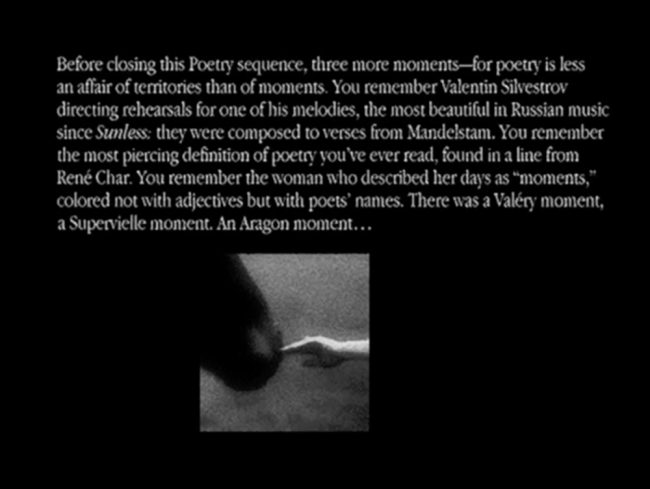
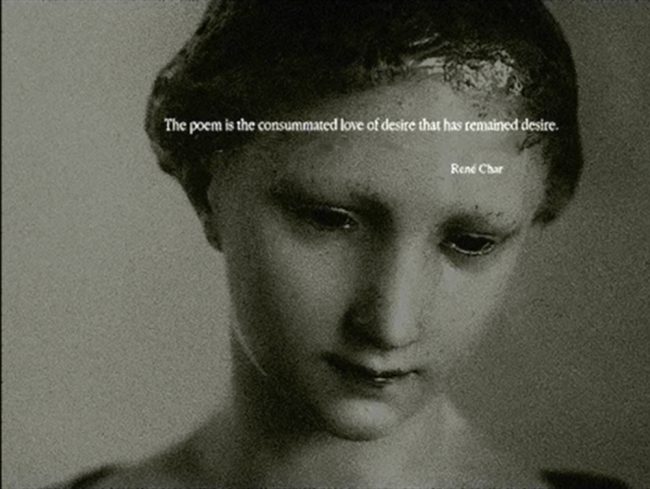

![[Chris Marker] L’An 2000 : une anti-histoire de la fin du monde](https://chunkingbooks.com/wp-content/uploads/2021/01/lan2000_01-350x350.jpg)
![[Chris Marker] L’An 2000 : une anti-histoire de la fin du monde](https://chunkingbooks.com/wp-content/uploads/2021/06/lan2000_02-350x350.jpg)


![[Chris Marker] L’estampille art et artisanat n°36 Octobre 1972](https://chunkingbooks.com/wp-content/uploads/2021/04/artartisanat_01-2-350x350.jpg)
![[Chris Marker] L’estampille art et artisanat n°36 Octobre 1972](https://chunkingbooks.com/wp-content/uploads/2021/04/artartisanat_02-350x350.jpg)

